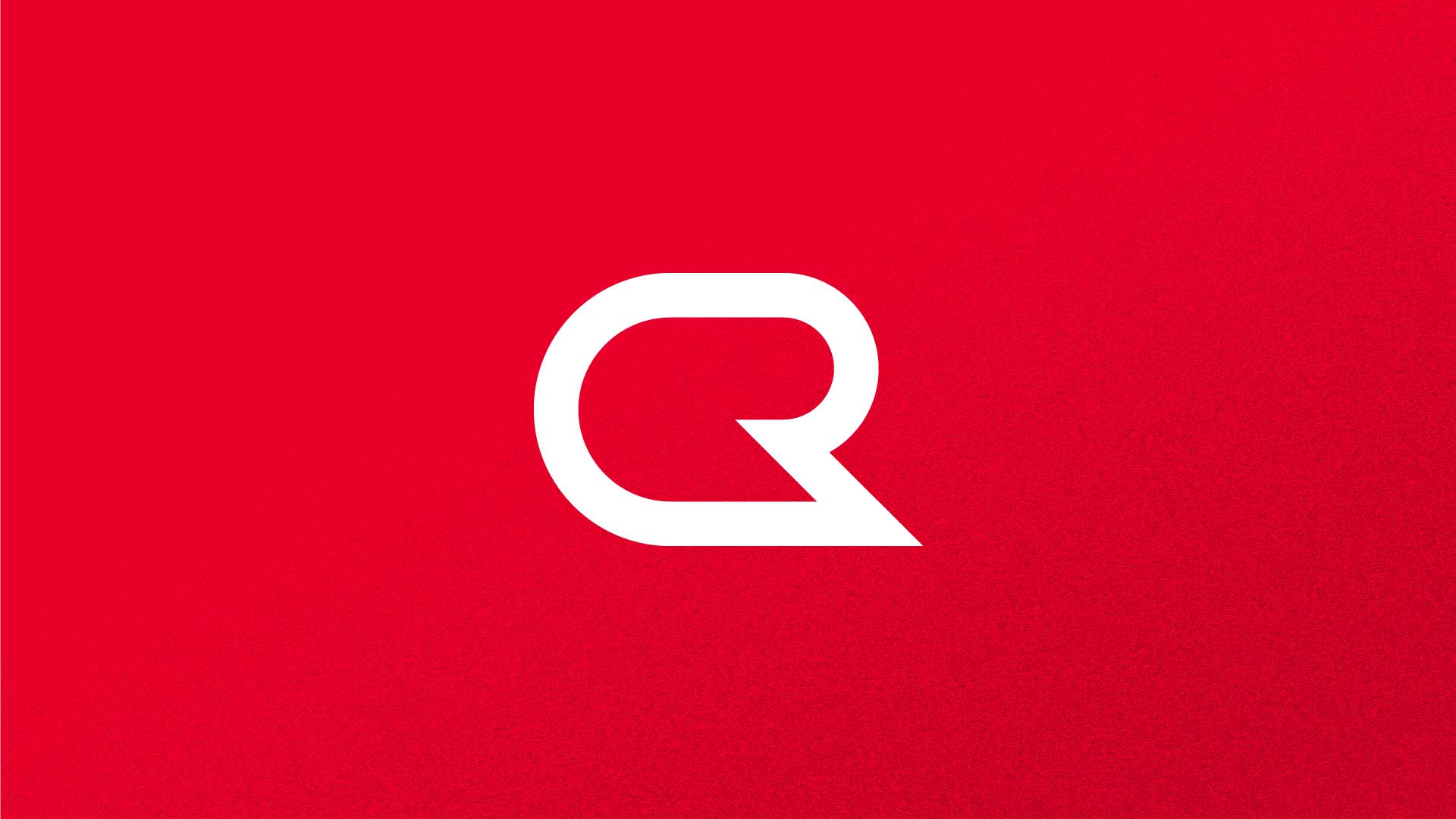
In the era of social distancing and closed physical retail spaces, your brand’s online presence is more important than ever. Beyond simply affecting your bottom line, a sluggish site can have far-reaching impacts on your marketing programs.
Audiences want everything. Now. Further, one out of two people think all websites should load in under just 2 seconds! Even Amazon has reported that if its site loaded just one second slower, it would lose roughly $1.6 billion in sales of the year.
1) Slow Sites Demolish Conversions
How quickly your website loads has long been an important factor in generating sales and conversions for your brand. Whether you’re looking to sell a product or just collect an email address, your user experience can make or break your success.
Think of site speed as your first impression. If you get that wrong, you’re not likely to be seen in a good light with the audience you’re trying to retain. According to Cloudflare, a leading cloud services provider, many companies have seen the positive effects of optimizing their site speed:
- Mobify found that decreasing their homepage’s load time by 100 milliseconds resulted in a 1.11% uptick in session-based conversion
- Retailer AutoAnything experienced a 12-13% increase in sales after cutting page load time in half
- Walmart discovered that improving page load time by one second increased conversions by 2%
2) Performance is a Ranking Factor for Both Organic and Paid Search
Over the years, Google has been adjusting its algorithm to emphasize a site’s load time—it’s not enough to just target keywords. To keep its users coming back, Google gives more authority to search results that provide great information as well as a great user experience.
And this issue isn’t just for organic search – paid search can suffer too. Search ads have their own bidding and ranking factors, and you could potentially be paying more than you should simply because your landing page has substandard load times.
So slow sites with front-page-of-Google aspirations, you’ve been warned.
3) Mobile Users Have Zero Patience for Latent Loading
If you’re relying on social and email marketing—two channels with very high mobile usage—during the pandemic, mobile site speed is more critical than ever. More than 50% of mobile users will leave a site that takes longer than 3 seconds to load, according to a 2018 Google study.
Not only would you be missing out on half your audience with a slow mobile site, you’d be wasting precious ad dollars on clicks from users who never even waited for your landing page to load.
Curious about your own site’s performance? Check out Google’s free Pagespeed Insights tool to see how you stack up as well as get preliminary recommendations for improvement. According to Google, here are some of the top tips for improving site speed:
- Make your site load faster by compressing your images and text, without compromising visual quality.
- Delete unused tags from your tag managers, clean up bloated CSS and JS code, and remove other deprecated features.
- Many site resources don’t require updates on subsequent visits. Adopt simple HTTP-caching methods that improve load times for returning users and reduce server load with minimal code changes.
- Implement font-display swap so customers can read your site’s text, even if the primary font doesn’t load fast enough.
You can also reach out to me directly to schedule an in-depth audit of your website for a comprehensive look at content hierarchy, SEO, conversion optimization, technical considerations, accessibility and more.
As a senior digital strategist, Hunter spearheads ChappellRoberts’ digital initiatives and marketing programs for clients. He serves clients across a wide array of industries, including financial services, retail, nonprofit and economic development.



